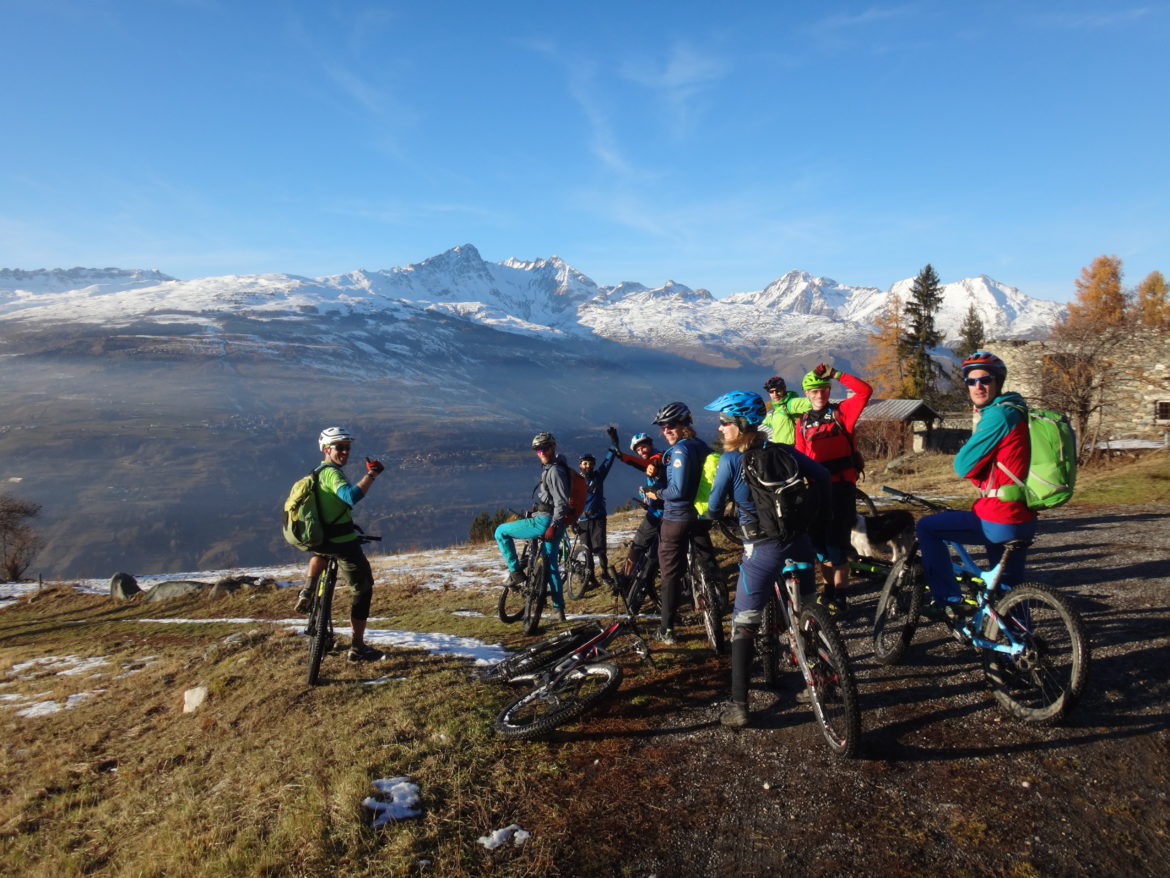
International organizations in Europe all work with some inherent challenges, given that there are 24 official languages with the EU alone, and countless cultural perspectives and expectations. IMBA Europe works with trail advocacy groups in 22 different countries, and more nations continue to join as the sport gains popularity.
The European association’s president, Mark Torsius, says “Eastern European countries are entering the arena. New initiatives pop up in countries like Romania and Bulgaria. But also countries like Macedonia and Greece have discovered the tourism potential of mountain biking.”
A few weeks back I got a chance to chat with Mark and asked some broad questions to familiarize myself and Singletracks readers with IMBA’s work in Europe. He had a boatload of info to share, some of which will be saved for deeper dives into specific projects in the future.
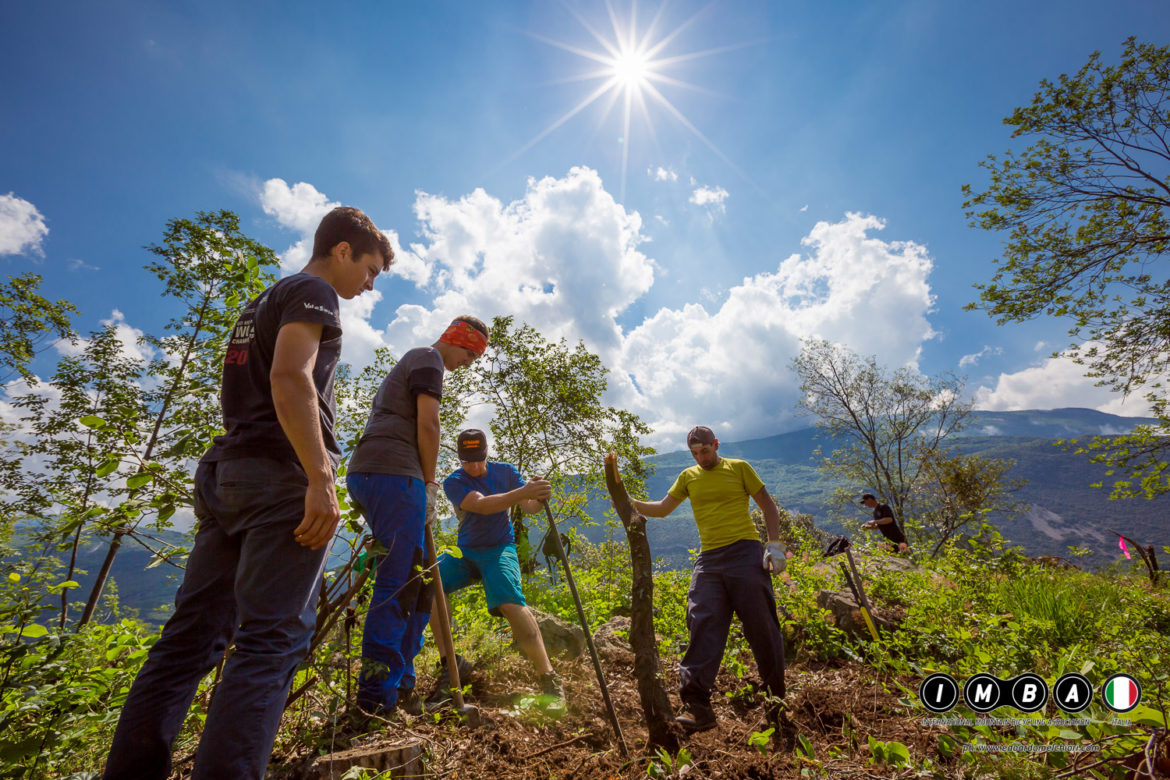
Given the large contingent of Singletracks readers in the US, and the fact that IMBA was born in the states, I first asked Mark about some differences between the organizations in Europe and the US.
“As far as the organizational structure of both organizations, there are a few differences. IMBA Europe operates as an umbrella organization with mainly national and regional MTB advocacy groups and some national cycling federations as official members. For instance, IMBA Europe does not have an individual membership, although mountain bikers do have an option to become donors. And then there are these differences in culture, language, currency, legislation, income level, etc. between European countries and therefore, member groups. So our member organizations here in Europe are probably a bit more diverse than the IMBA chapters in the US.”
With the amount of work that all countries are contributing, Torsius had a tough time pointing out any single nation that would be better to visit for mountain biking than another.
“That’s a tough one. We currently have members from 22 different countries in our network so there’s a lot happening out there. Apart from clubs and trail associations that operate on the regional or local level and do awesome work, countries like France, Spain, Slovenia, and Germany are very active when it comes to trail access advocacy. National advocacy associations like MBF, IMBA España or DIMB have been involved in public hearings, policy recommendations, or when there’s no alternative, legal procedures. And in Scotland, DMBinS was established to get the first National MTB Strategy adopted in Europe.”
Torsius also noted that Denmark, the Netherlands, the Alp countries, and Norway have been boosting their mountain bike tourism, advocacy, and infrastructure.

Knowing that IMBA chapters in Europe are nationally divided, I was curious about what elements of the overall mountain biking picture are managed directly by IMBA Europe.
“Being a linking pin between all member countries, gathering and disseminating best practices from all over Europe is an important function for us. The IMBA Europe Summit has a significant role in this. It not only brings trail advocates, land managers, researchers, etc. from several countries together to exchange knowledge, but it’s also a breeding ground for European projects and other new initiatives.”
IMBA EU also conducts a biannual, multilingual survey which helps them put together research and benchmarks to form a more cohesive voice.

So how is all of this work funded? Is the European Union a contributor? Is the European cycling industry supporting the efforts of IMBA and its members?
“IMBA Europe is a small organization with limited funds and therefore mostly run by volunteers. Money comes from membership contributions, project grants, fee-based services, and corporate supporters. With SRAM being the positive exception as our most loyal and generous funding partner for years, there are a few other, mainly small businesses that support us. Specialized was one of the industry partners that provided substantial financial support to establish IMBA Europe and after a number of years of absence, they are getting more involved again since last year.”
Torsius says that the EU makes it a little difficult to tap into project funding sometimes, especially if an organization is new or on the smaller side. Most EU-funded projects require a certain amount to be co-funded. They’ve seen the European Cyclist Federation receive match money from bike industry brands to unlock European Union funding and they hope to convince bike brands to do the same for mountain bike projects.
“The European Union also invested a lot in regional development funds and mountain biking often benefited from it. Especially the UK (trail centers in Wales, Scotland, Northern Ireland) so this whole Brexit thing is definitely not the best that could happen to mountain biking in the UK.”

Given the growing number of pedal-assist whips that pass me on my daily rides here in Northern Italy, I had to ask Torsius what IMBA Europe’s stance is on electric-assisted bikes.
“E-Bikes are here to stay and ignoring a new player makes no sense. In a certain way, it’s quite simple. At least in EU member states where e-bikes are considered as regular bicycles and should be treated like that. So when it comes to trail access for mountain bikers, there’s no real difference between eMTBs and regular mountain bikes.”
That isn’t to say that he doesn’t potential issues with electric mountain bikes. Right now they don’t have a formal policy in place on eMTBs, and that’s something he wants to work on.
“It’s relatively new so it’s quite normal people are scared a bit, not exactly knowing what’s coming at them.”

Take Care of Your Trails day is currently IMBA Europe’s most well-attended event. I asked Torsius if there are other events and initiatives that the association is focusing on for 2019.
“Take a Kid MTB Day is something we support with promo material and kids racing plates for local event hosts, although it’s not as big as in the US. We think this has to do with the fact that here in Europe, it’s more common to be a member of a sports club than in the US. And many cycling and mountain bike clubs have their own kids program already.”
Torsius also wants to to get more women involved in advocacy and trail work. On the plus side, he sees the demographics of the sport changing for good.
“There are more women and kids involved in mountain biking than 5-10 years ago and it has become easier to extend your mountain bike career […] into your 60’s or even 70’s (with or without pedal assistance). I believe IMBA’s new direction of more trails close to home will also contribute to the diversity of mountain biking demographics. The moment you make mountain biking more visible and accessible and offer attractive trail networks that can be reached by bike, people will come.”
On to the future of our sport, Mark mentioned some positive moves IMBA Europe is making to entice younger riders to join. IMBA EU is a partner in a project that wants to establish an EU standard to be a professional MTB guide instructor.
“As the project evolves, we hope to see more certified MTB guides and instructors setting up their business or running programs in clubs and schools to teach kids and take them out on little adventures.”
In addition to trail advocacy, making mountain biking more visible, and certifying trail guides, IMBA EU also wants to clean up the advocacy side of things when communicating with other players in the game.
“MTB guiding and trail building are becoming more professional. Advocacy needs to do the same. It’s important to get to that tipping point where we don’t just [take] action when access issue are already there, but we need to be at the table with landowners, managers, and public administrations before this happens.
“There’s a lot of interest in mountain biking nowadays, especially from the tourism industry. That’s positive but it also means that mountain biking is looked at with a magnifying glass. Whether we like it or not, we are not that subculture anymore, unnoticed, operating under the radar. More questions are raised, whether it’s about liability, environmental impacts, or the benefits of mountain biking. Fact is that we need better representation on each level to address these issues.

And although Torsius feels the need to improve certain things, he feels like they’ve accomplished quite a bit so far.
“In terms of advocacy work, [we’ve taken steps] to work closely with national parks and protected areas in Europe. EUROPARC Federation is the representative body of Europe’s protected areas and for us an important stakeholder. In Europe, more than 25% of the terrestrial land is protected under Nature 2000 (the largest network of protected areas in the world) or national designation (or a combination of both). That is pretty substantial and trail access in these areas is often limited or non-existent. To get to know each other better, we’ve spoken at each other’s conference and last year, an MOU [memorandum of understanding] was signed between EUROPARC and the European Network of Outdoor Sports. IMBA is part of the board of this outdoor coalition and will help to implement the action mentioned in the MOU.”
The Take Care of Your Trails campaign, which was Europe’s largest voluntary trail building, repair, and maintenance effort is something else he’s proud of.
“Especially because this is a joiny effort of our member organizations, coordinated by IMBA Europe. And because it raised awareness for something that has not always been that obvious in European countries, to volunteer for trail work.”
Torsius mentioned that one of the most notable challenges for the sport in Europe is its cultural reputation and representation, in addition to the equally paradigmatic struggles with bureaucracy.
“Ensuring mountain biking is more widely accepted and recognized as a responsible outdoor activity [is a challenge]. The perception that mountain biking has a negative impact on nature and wildlife and causes social conflicts is still persistent. Another challenge is letting politicians and land managers understand the socio-economic benefits of bike optimized trail infrastructure.”

Torsius has been with IMBA Europe since its inception and riding bikes in his home nation of Holland much of his life. During the interview, he speculated on climate change over the years and how it’s impacted the sport.
“In alpine countries, climate change has led to more attention for summer tourism where in the past, winter tourism was the main concern of alpine villages. Mountain biking is now considered one of the additional summer business models. That explains the investment in (family friendly) trail infrastructure. As a result of climate change, the interest in sustainable modes of transportation is growing. In Europe, this means the EU is investing more in cycling infrastructure. However, mountain biking is not really part of it. Most investments are made into cycling infrastructure in cities and paid out of transportation budgets.”
Finally, I had to ask the president of IMBA Europe where his personal favorite place to ride lies.
“There’s a long list of favorite spots and even a longer list of places that I’d want to visit sometime. But to pick one, I really liked Zona Zero in Ainsa, Spain. I went there before the EWS touched the ground and loved everything about it. Amazing landscape, a huge variety of trails. From granite to loose red dirt to something that looked like black volcanic rock and trails in lush green vegetation. Add to that the great food, the locals who restored all these ancient trails, and the charming character of this medieval little village. It can get hot in the summer so ride out early in the morning or plan your visit either in spring or autumn.”
Thanks to Mark Torsius for taking the time to share some of the IMBA Europe stories with readers. Stay tuned for future articles detailing select projects taking place in some of the 22 member nations.
IMBA Europe has a host of events coming up in 2019. See more information here.


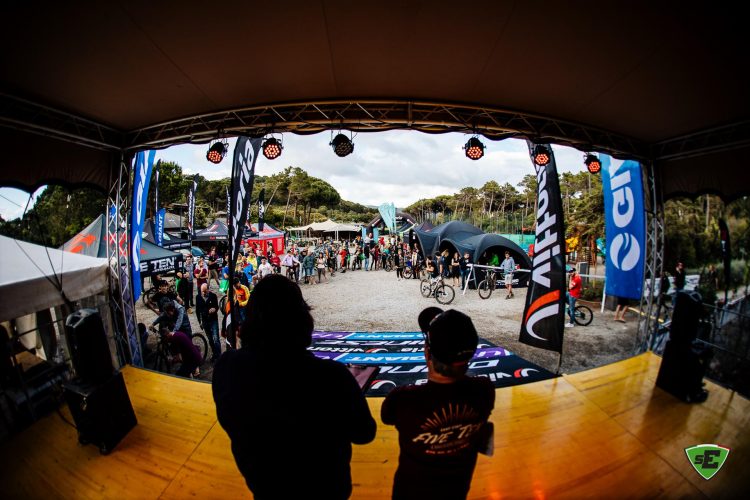
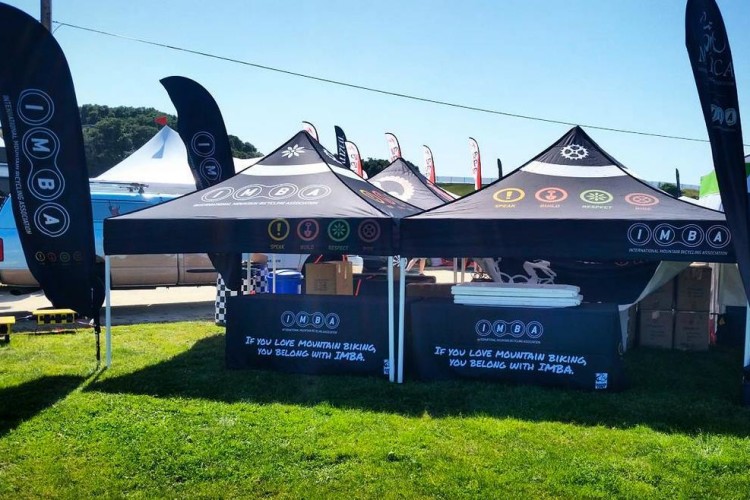
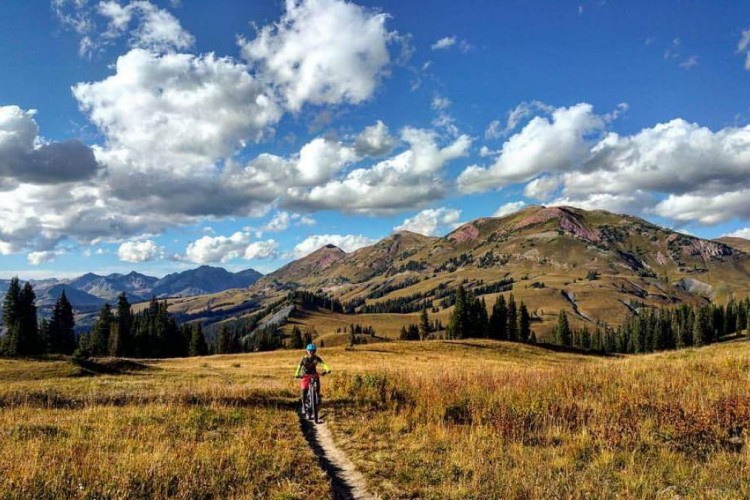
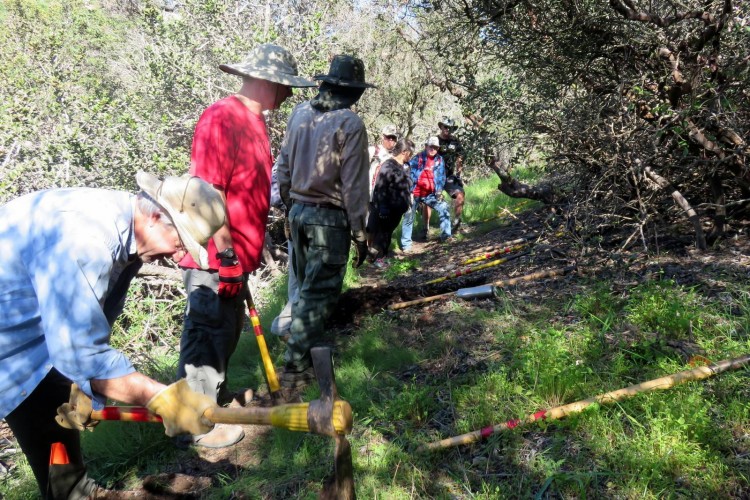

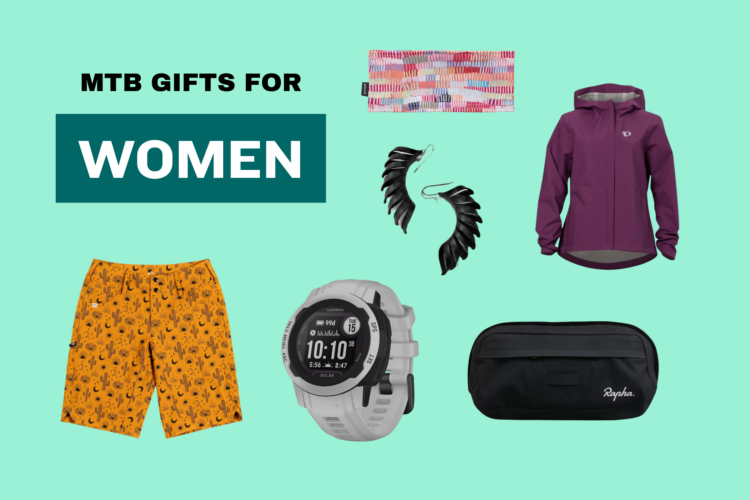
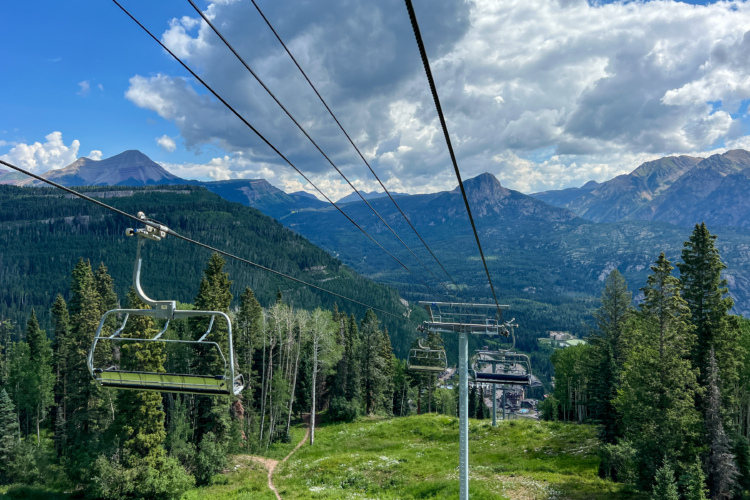


0 Comments